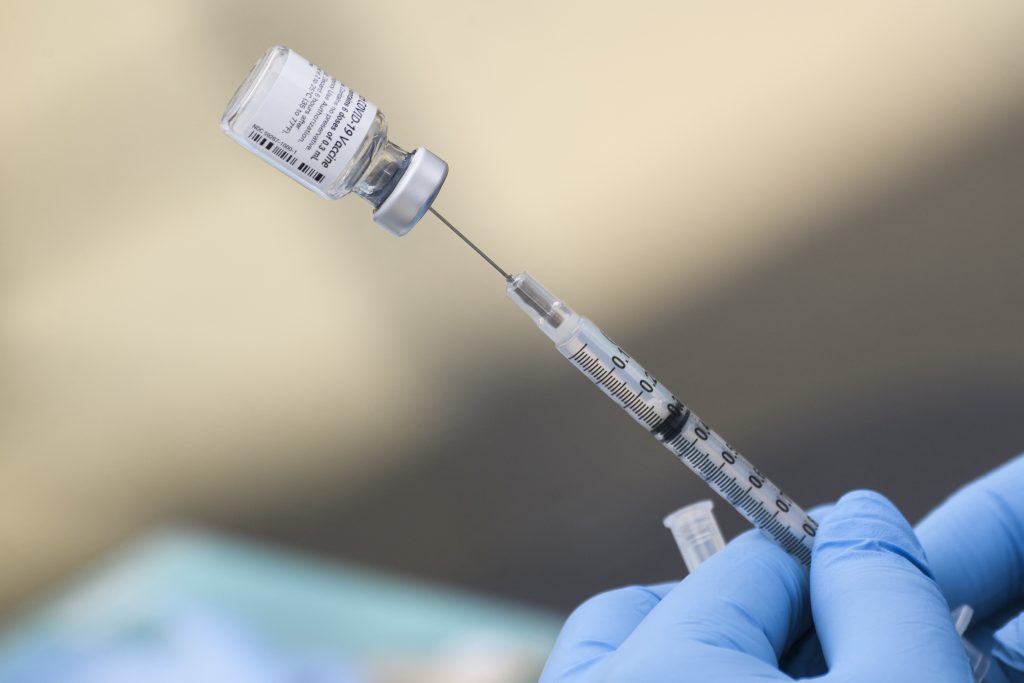In an increasingly interconnected world, the importance of global vaccine equity cannot be overstated. It’s not just about administering vaccines; it’s about ensuring equal access to these life-saving tools across all corners of the globe. In this article, we’ll delve into the concept of global vaccine equity, its role in bridging the gap in disease prevention, and the measures being taken to achieve this vital goal.
Global Vaccine Equity: Bridging the Gap in Disease Prevention
Global vaccine equity is the cornerstone of a healthier and more secure world. It refers to the fair and just distribution of vaccines to people of all nations, regardless of their socio-economic status or geographic location. This principle emphasizes that everyone, regardless of where they live, should have equal access to vaccines that protect against preventable diseases. By achieving global vaccine equity, we can bridge the gap in disease prevention and work towards a safer and healthier global community.
The Significance of Equitable Vaccine Distribution
Equitable vaccine distribution is essential for several reasons:
- Preventing Global Disease Outbreaks: Infectious diseases know no boundaries. To effectively prevent global outbreaks, it’s crucial to ensure that vulnerable populations in all countries have access to vaccines.
- Reducing Health Disparities: Health disparities are often exacerbated by unequal vaccine distribution. We can work towards reducing these disparities by ensuring that vaccines reach underserved populations.
- Enhancing Herd Immunity: Herd immunity relies on a significant portion of the immunized population. Equitable distribution helps achieve higher vaccination rates, leading to stronger herd immunity.
- Mitigating Economic Impact: Disease outbreaks can have severe economic consequences. Equitable vaccine distribution can help prevent prolonged lockdowns and economic disruptions.
The Impact of Global Vaccine Equity
Global vaccine equity has a profound impact on disease prevention:
- Improved Disease Control: By making vaccines accessible, we can effectively control and even eradicate certain diseases, leading to healthier communities.
- Healthcare Strengthening: Equitable vaccine distribution strengthens healthcare systems in low-resource settings, necessitating better infrastructure and outreach programs.
- Global Collaboration: Achieving vaccine equity requires international collaboration, fostering goodwill and cooperation among nations.

Efforts Towards Achieving Global Vaccine Equity
Several initiatives are driving the cause of global vaccine equity:
- COVAX: Led by Gavi, the Vaccine Alliance, COVAX aims to provide fair vaccine access to low-income countries. It’s a powerful example of global solidarity.
- Public-Private Partnerships: Collaboration between governments, NGOs, and pharmaceutical companies is crucial in developing and distributing vaccines to underserved regions.
- Education and Outreach: Raising awareness about the importance of vaccines and countering misinformation is vital for increasing vaccine acceptance.
Overcoming Challenges
Achieving global vaccine equity is not without its challenges:
- Supply Chain Constraints: Ensuring a steady supply of vaccines to all regions requires a robust and well-coordinated supply chain.
- Infrastructure Barriers: Remote areas often lack the infrastructure for proper vaccine storage and distribution.
- Vaccine Hesitancy: Overcoming vaccine hesitancy requires tailored communication strategies that address concerns and build trust.

